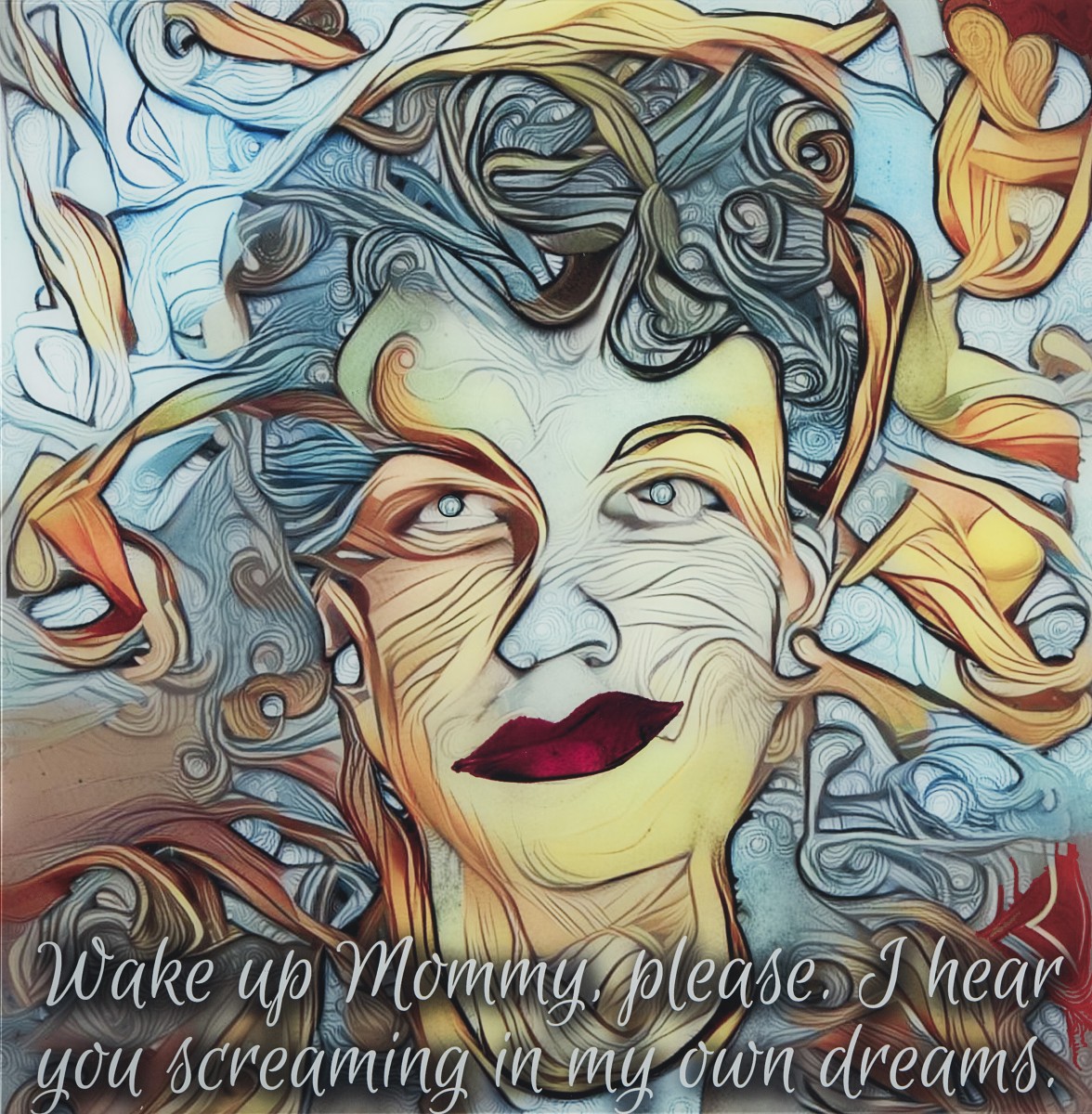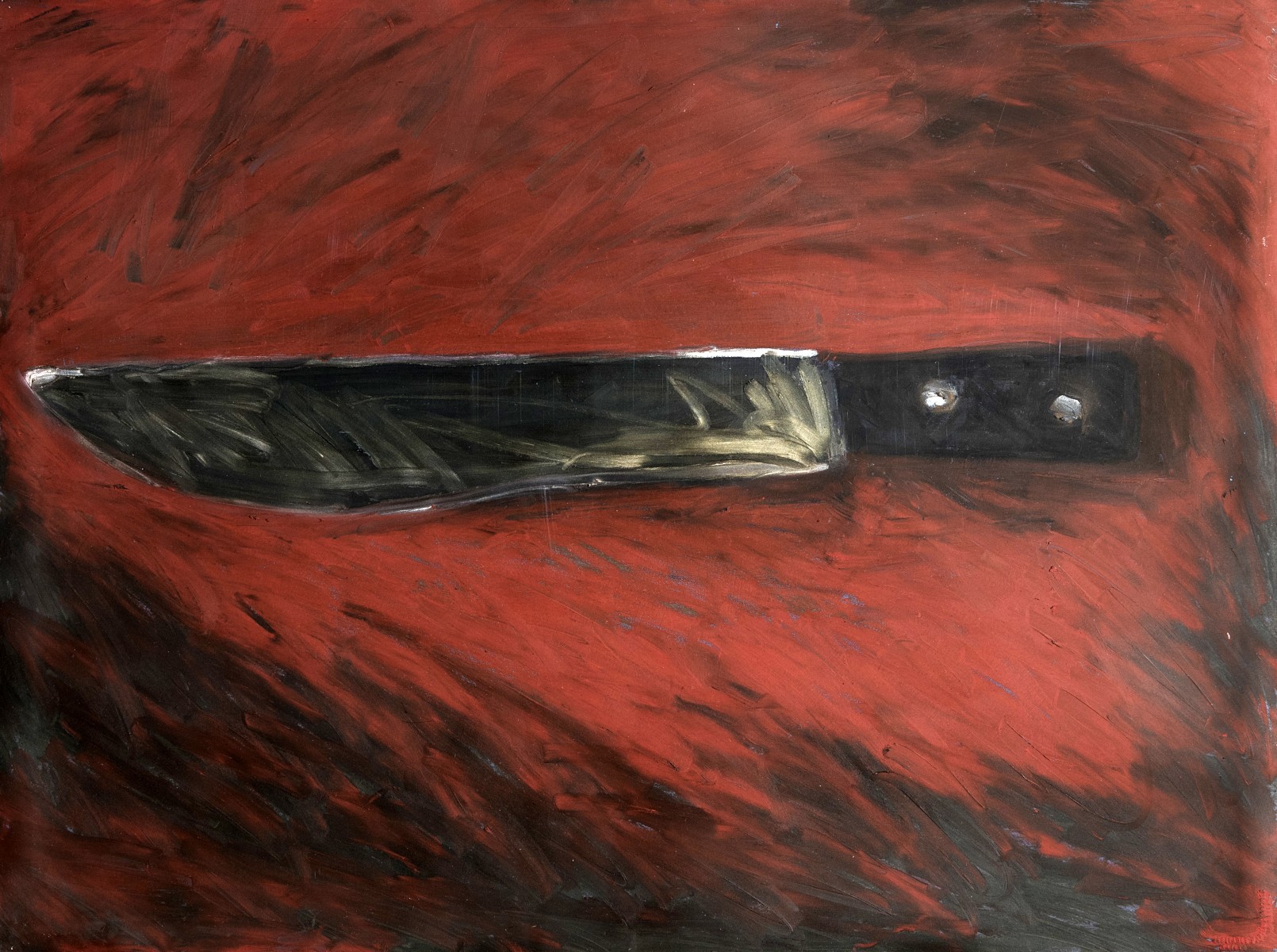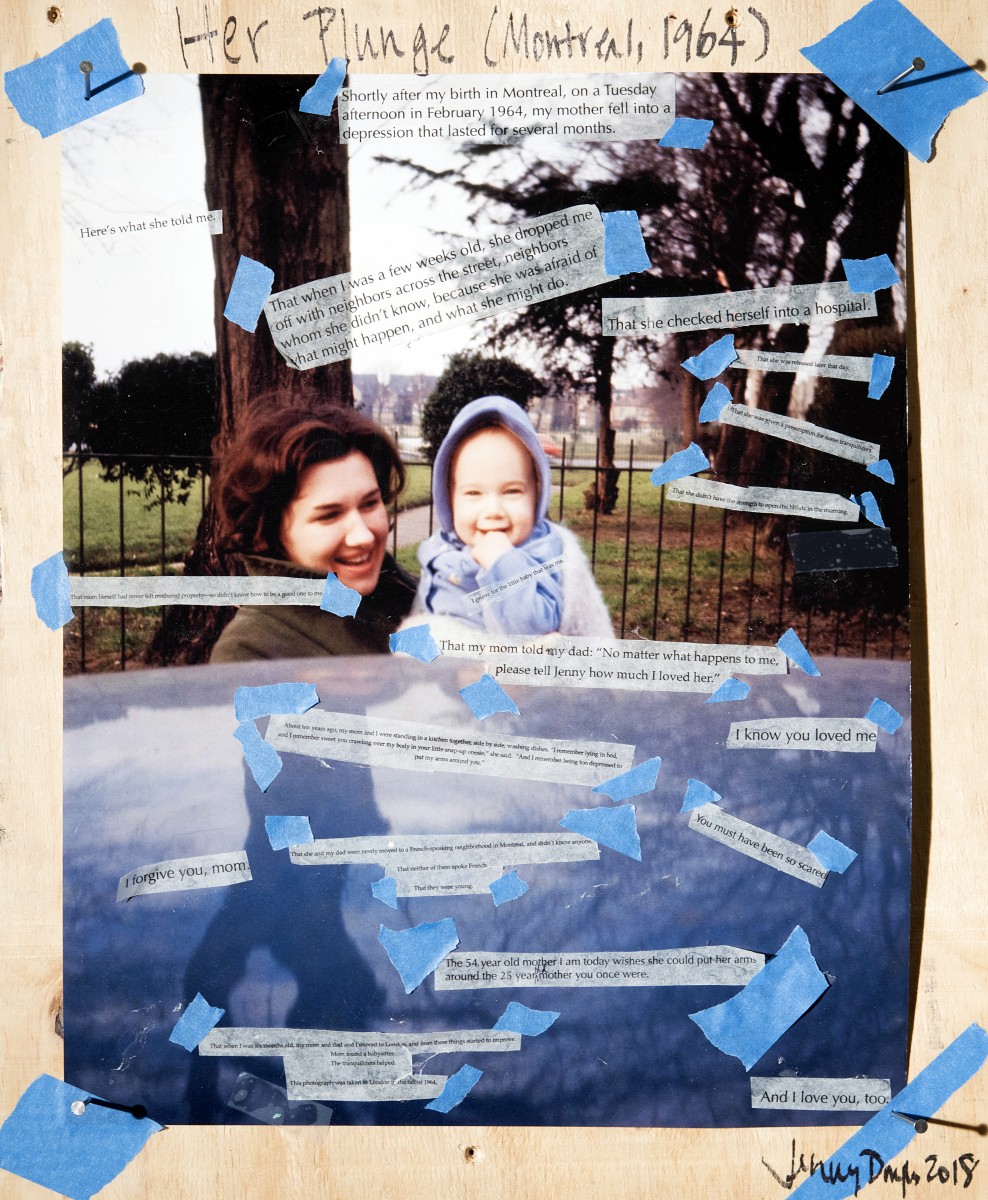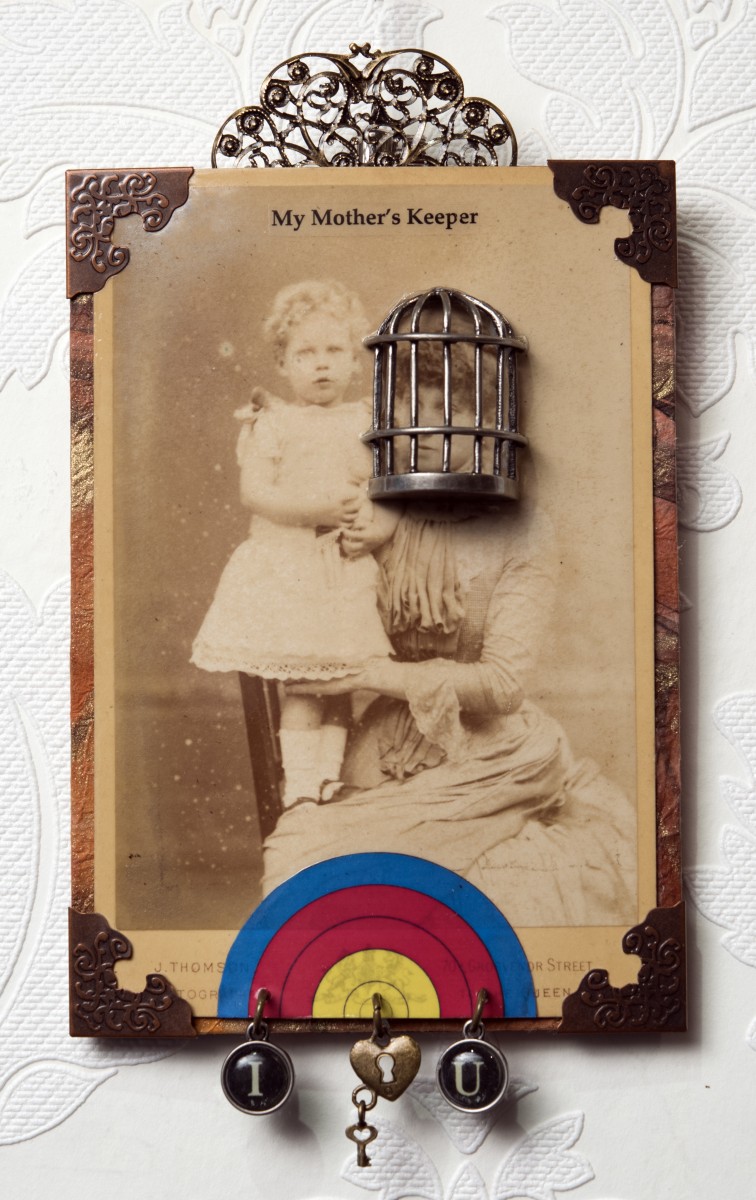Call an MHA Location Today
Essex: 973-509-9777
Morris: 973-334-3496
Passaic: 973-470-3142
Sussex: 973-579-4399
My Mother’s Keeper is a multi media art exhibition about women living with mental illness, as seen through the eyes of their daughters. Mental illness can wreak havoc on a daughter’s life with the force of a natural disaster. The experience can also be transformative, summoning empathy, resilience, and untapped wisdom. Scroll down to read artist statements that will be rotated periodically.
“The images, visual and other, open a mind, a heart, a soul, to so much there is to know.”
“For as much pain, there is as much healing.”
“A fine experience!”
“I feel such consciousness, poetry in the words and images, the extensions, sculptures, weavings.”
“My heart is full. Beautiful Show. Courageous acts.”
“Thank you for inviting people to tell the truth about difficult things.”
This exhibition is featured on the National Museum of Mental Health projects website as part of an emerging trend in mental health themed exhibits.

“Night Screams is a digital portrait of my mother Helen. I started with a vintage black and white photo of my mother as a young woman. I used Adobe Photoshop to digitally abstract the image of a beautiful young woman. Fear, anxiety and alcoholism fractured this woman who died at 67 years old of liver cirrhosis. Unfortunately, the memories that haunt me as her daughter are the horrendous nightmares she endured that left her screaming in the night.
I used cool and warm colors juxtaposed with swirling design contradictions that depict my mother’s painful reality. The final piece of art is digitally printed direct to thick glass – a tortured soul deeply reflected in my own eyes.
This piece of art has been hidden in my broken heart for 69 years until now. I am Helen’s eldest daughter who had to mother five siblings while being unmothered myself. I was indeed was “My Mother’s Keeper.” The struggle to birth this piece has finally brought a measure of peace and understanding to my own heart.”

“While my mother’s original mental health diagnosis was schizophrenia, it was later changed to manic-depressive or what today is known as bipolar disorder. She was hospitalized with a “nervous breakdown” when I was seven years old. My childhood memory is that her hospital stay lasted about a month, but could have been longer or shorter. She was under the “care” of a psychiatrist for the rest of her life and early on underwent electroshock therapy, which today, I am told, is much more refined than it was in the late 1950s and early 1960s.
During my growing-up years, my mother’s illness manifested most typically as depression, so when she had a manic episode it was unusual and sometimes frightening, such as her playing old 78 records at top volume at 2 a.m.
This piece was created in response to an event that my father told me about when I was in my twenties; I was about 13 years old when my mother chased me around the kitchen with our butcher knife. I hid under the kitchen table. I have absolutely no memory of this. I imagine I blocked it for self-preservation, but the recounting my father gave was terrifying to me. Life with Mother (Living on the Edge) is in response to that. I made it when I was in my forties at a time of transition and healing. This image essentially made itself in one day.”

“Childhood memories are so often non-linear, contradictory, spotty, incomplete. We remember a sharp tone of voice, spilled milk on the kitchen floor, the silky lining of a parent’s winter coat, the slammed car door, the uneaten ham sandwich, the stubbed-out cigarette in an ashtray, the broken stroller leaning against the garage, the fly bumping up against the window screen trying to get out.
We rely on the stories of others to corroborate what we sense to be true, only to discover that stories and people change over time. That stories compete—for attention, for the truth. And we can wonder where we fit in the middle of it all.
This show provided an opportunity to create a piece about my mom’s deep depression, following my birth 54 years ago, that allowed (and even felt welcoming of) this sense of fragmentation and paradox. I’ve been told that mom’s depression at its worst lasted about six months. Over the years, she’s talked about that time in her life only a little. My father has never discussed it. All the memories affixed to this photograph are true, to the best of my recollection.”

“My Mother’s Keeper is a mixed-media work using a vintage cabinet card of a young mother and child. Although it is not of my mother and myself, it brought to mind the age at which I became aware of my mother’s descent into depression and prescribed drug abuse. For me, my mother’s mental state became her prison. Attempts by her to move out of it were valiant. Her journey was not a choice. After a very hard labor with my brother that ravaged her body and its organs, my mother’s tenacity to life showed through in her survival of three major heart attacks, 12 operations for various things which I can’t even remember, diabetes and three suicidal attempts with sleeping pills. She survived a coma from which she awoke and ended up having to have dialysis for two years in the 1970s, which ravaged her body again. She passed from the fourth heart attack, which was a blessing as she would have been bedridden. (Dialysis at that time robbed the body of calcium and she would have developed severe osteoporosis.) She passed in 1982 at the age of 62.
In the 1960s and 1970s, doctors did not yet know the depth of women’s menopause, the onset of depression, or how to treat any of these conditions. The prescribed drug was valium, which became an addiction. Add to that, sleeping pills and all of the other drugs my mom had to ingest due to her many maladies. I’m surprised she survived to that age. She underwent psychiatric treatment, was administered electroshock treatments, and given more valium. She developed paranoid schizophrenia that was not diagnosed until age 58. At a very young age, I became my mother’s keeper as I learned to cook, clean, iron, and maintain a household. My father and aunt were my true guiding lights and yet my mother was an influence that I am thankful for. She was a woman born at a time when marriage and having children was the thing for a woman to do. She was intelligent, curious, and instilled in me the quest for learning and always being curious. I know without her, I would not be the person I am today.”
Any contribution makes possible the enhancement of all our programs for the benefit of those we serve.

